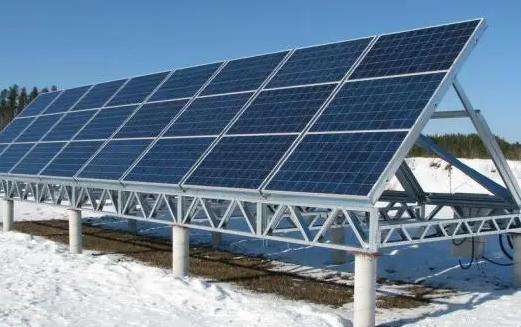In WECS, the graph of wind power utilization coefficient and blade tip speed ratio is obtained: wind energy utilization coefficient = torque coefficient * blade tip speed ratio blade, Cp = Ct * λ.
The torque coefficient is the polynomial function of the blade tip speed ratio, Ct=a6*λ^6+a5*λ^5+...+ a1λ+a0,a0... the value of a6 can be found in some books on wind power generation and Therefore, the wind power utilization coefficient Cp is also a polynomial function of the speed ratio of blade tip Cp=a6*λ^7+.....a1λ^2+a0λ Then the wind energy utilization coefficient of WECS and the wind energy utilization coefficient Cp. The blade can be drawn through some software, such as MATLAB. Top speed ratio graph.
I hope this can be useful to you
The number of wind turbine blades and its utilization rateation of wind power
The airflow slowed down after passing the turbine to do the work, and the volume of the airflow increased, which is wrong. Betz's theory of elementary momentum is deduced on the basis of conservation of mass. It should be that the equivalent cross section becomes larger at low speed. Add more.
If the fan is stopped, most of the wind will naturally escape through the middle of the blades; but under normal working conditions, from the perspective of relative movement, it takes a specific time; It might as well be 1 second. The wind blowing through the turbine's sweeping disk during this time can be seen as a cylinder. The fan blades rotate around the axis, and the tip of the blade draws a spiral line on the surface of the air cylinder. .
Strictly speaking, the more blades there are, the greater the volume of air sweptand and the closer the efficiency is to Betz's theoretical upper limit, but due to the problems caused by increasing density, not only; flow resistance, but also tip loss, etc. After a certain number, increasing the number of blades will result in a decrease in efficiency.
The concept of the number of wind turbine blades - the strength of the wind turbine. The ratio between the total surface area of the wind turbine blades (projected in the direction of the wind) and the surface area where the wind passes through the rotor (swept rotor surface) is called solidity (or solidity ratio, volume ratio), and constitutes a reference data for wind turbines. ?
These are several types of horizontal axis wind turbines, with schematic diagrams showing four types of wind turbines: single blade, double blade, three blade and multi blade. The method of calculating solidity. of the wind turbine is as follows: S is each the projected surfaceblades in the wind direction, R is the radius of the wind wheel, B is the number of blades and σ is the realism ratio. σ=BS/πR2.
A wind turbine is an electrical device that converts wind energy into mechanical work, which causes the rotor to rotate and ultimately produces alternating current. Generally speaking, wind energy is also solar energy, so we can also say that a wind turbine is a thermal energy generator that uses the sun as a heat source and the atmosphere as a heat fluid. work.














